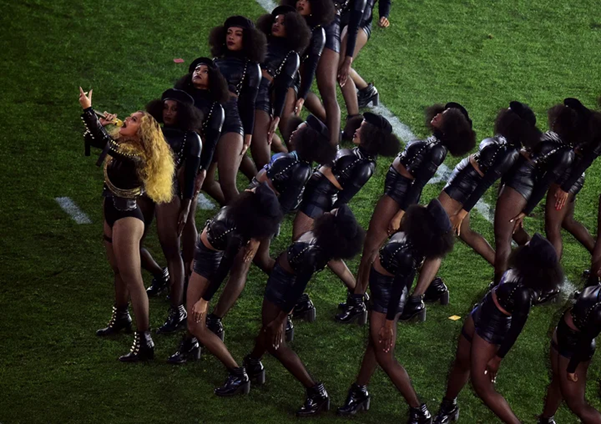How Black Panther politics shaped the style of rebellion
Michela Angela Davis described the Black Panther Party as “the intersection of Blackness, fashion, politics, and justice.” Because of the central relationship between fashion and the politics surrounding black freedom and safety in twentieth century America, it is vital to understand the Black Panthers’ style as key sites of rebellion, identity, and power.
The Black Panther party was formed in October 1966 by the activists Bobby Seale and Huey Newton. The Civil Rights movement, which had seen its heyday in the early 60s, had to many African Americans run its course and a new voice was necessary to represent their growing disillusionment with the American system. Black Americans faced punishing economic, criminal, and social injustices and white supremacy had continued into another decade, strengthened by the backlash against the Civil Rights movement.
The Black Panther party was founded as a pragmatic opposition to white violence in black neighbourhoods and to ensure the safety of black citizens. Bobby Seale wrote in his book Power to the People that the idea of ‘policing the police’ added greater significance to their clothes or ‘uniform’. Seale selected the two colours black and blue in reference to the blues song (What Did I Do To Be So) Black and Blue? as written by Harry Brooks, Fats Waller, and Andy Razaf. “The American community is all beat-up black-and-blue from over 200 years of racist discrimination…Now lets make this the uniform.”
Bobby Seale placed equal importance on the military significance of the beret, a feature influenced by a film about the French underground resistance. Seale’s powerful vision of this uniform symbolised the united whole and a solidarity which would pull the organisation together around the key political principles it represented.
The Black Panther uniform reflected a commitment to reform. Indeed, the Black Panthers were activists for gender, social and economic equality at the vanguard of the successive anti-capitalist and anti-war movements. The Black Panthers created programmes such as Free Breakfast for School Children, led classes on politics and economics, and dedicated themselves to a political agenda which provided the support necessary for African American advancement. The uniform adopted was a clear indication of the unwavering dedication of the Black Panthers to a political agenda, social provision of services for the black community, and their identification as a separate independent body to the white American establishment.
When speaking on the dual role of the Black Panthers in organising as police in black neighbourhoods whilst also carrying guns, Mikaila Brown, fashion anthropologist and professor at Cornell University, argues that it presented the duality of black experience faced in America.
Through creating a new uniform, the Black Panthers sought to redefine blackness outside of the white gaze, embracing African fashion as a symbol of pride and the rejection of European beauty standards. The style however, represented the divergence from the Civil Rights era in which ‘Sunday Best’ dress had been advocated to evoke a change in the way black people were conceived. Other leaders argued that instead of appealing to the white gaze the Panthers’ style represented empowerment away from the white gaze.
Practices such as wearing natural hair, or an Afro were symbolic of the liberation that the Panthers sought away from assimilation into a society which continued to dehumanise its black people, and transgression into freedom and celebration of what it means to be black.
The political message of Black Panther style and fashion continues to play a central role in black power, protest, and resistance. Whilst not so ubiquitous, the Black Lives Matter movement saw some attempt to harness the power of uniform in worldwide protests against the unlawful murder of George Floyd by police in Minneapolis in 2020. Through wearing black leather, natural hair, and the black beret protestors produced an evocative nod to the role that the Black Panthers played in reconfiguring the identity, power, and resistance of black people in the US.
